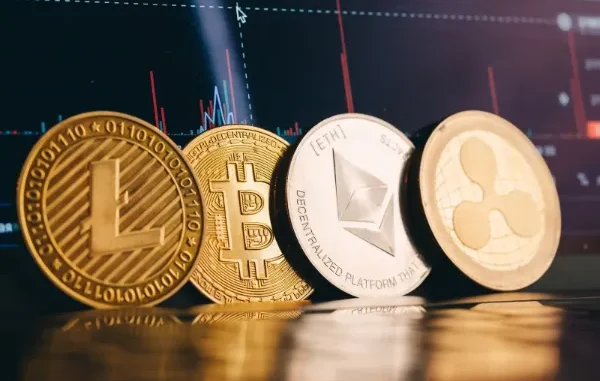

Crypto mining changed completely over the past few years. You can’t mine Bitcoin on a home laptop anymore and expect any meaningful results, but that doesn’t mean regular people got locked out of the game entirely. The entry points just shifted to different approaches and different scales.
The mining world now has room for different types of participants. Some people run industrial operations with warehouses full of specialized equipment running around the clock. Others use cloud services and don’t own any hardware at all. College students join mining pools to share costs and split rewards.
The landscape evolved and became more complex, but mining didn’t become impossible for individuals who understand the new economics involved.
Starting Without Owning Hardware
Cloud mining lets you rent computing power from established operations. You skip the hardware costs and electricity bills. The provider handles equipment, cooling, and maintenance. You get a share of whatever gets mined.
Individual cloud mining subscriptions jumped 21% in 2025, according to CoinLaw data. Makes sense. No equipment purchases, no maintenance, no noise at home. Before putting money in, understand what you’re paying for. CryptoNews KR breaks down the technical side: which software works, how to configure wallets, what different algorithms do. Worth reading if you want to know what happens with your money.
You’re buying a slice of someone’s operation. They run the hardware, you collect based on your share of the hash rate. But read contracts carefully. Some lock you in for a year. Others let you cancel monthly. Fees range from 10% to 25% depending on the service.
Hardware Got Expensive
Owning equipment is different math. Modern ASIC miners cost $3,000 to $8,000 each. They pull serious electricity and need replacing every couple years to stay competitive.
According to Bitcoin network hashrate data, the computational power competing on the network reached 1.140 billion TH/s in October 2025. That’s 1,140 exahashes per second—a massive increase from previous years. More computing power competing means harder problems for everyone.
Your equipment competes against industrial farms running thousands of units. What works today might lag behind next year when manufacturers release more powerful models. Budget for upgrades, not one-time purchases.
These machines run hot and loud too. A single ASIC sounds like industrial equipment and throws off heat. You need space with ventilation. Basements work. Living rooms don’t.
Electricity Makes or Breaks You
Power costs matter more than hardware specs. The best equipment still loses money if electricity eats your margin.
Bitcoin mining’s energy demands reached substantial levels. The Cambridge Bitcoin Electricity Consumption Index estimates Bitcoin’s annual electricity consumption at approximately 173 terawatt-hours. That’s comparable to the energy consumption of mid-sized countries.
Big operations moved to cheap power zones. UAE miners pay $0.035 to $0.045 per kWh. Most U.S. residential rates run above $0.12 per kWh. That gap explains why commercial mining concentrated in specific regions.
Home miners need honest math. Take your electricity rate, multiply by your rig’s power draw, subtract from expected mining revenue. Spending 80 cents to mine a dollar means you’re funding a hobby, not making money.
Some residential miners negotiate industrial rates with utilities if their consumption qualifies. A drop from $0.12 to $0.08 per kWh changes everything.
Small Miners Adapted
Individual mining didn’t die. U.S. hobbyist miners grew 14% in 2025, according to CoinLaw’s statistics. They just changed tactics.
Some switched to altcoins with lower difficulty. Others joined pools that split rewards among members. You get smaller but consistent payouts instead of hoping to solve a block solo, which might never happen. Pool fees run 1% to 3%—worth it for steady returns.
Flexibility helps. Miners who shut down during unprofitable periods and ramp up when conditions improve handle volatility better. Running 24/7 regardless of market conditions burns money during downturns.
Conclusion
Mining works differently for different people. Cloud services offer easy entry with no equipment. Home operations need careful cost analysis. Industrial scale demands major capital but achieves efficiencies smaller players can’t reach.
The landscape rewards people who understand where they fit. You need realistic expectations about costs, competition, and returns. You can participate, but don’t expect 2017 conditions in 2025.

Leave a Reply